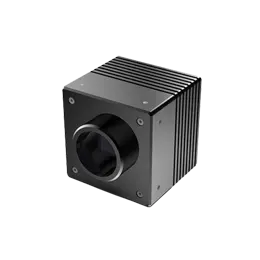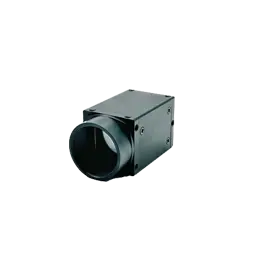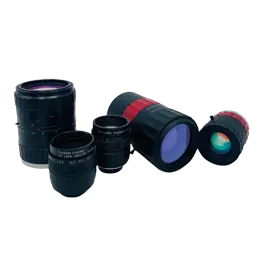In recent decades, the use of vision systems in industrial inspection has been widely applied due to its outstanding advantages of non-contact, high speed, appropriate accuracy, strong anti-interference, and other factors. Automatic visual recognition and inspection is now used for product appearance and surface defect inspection, such as wood processing, metal surface visual inspection, diode wafer inspection, printed circuit board defect inspection, and automatic weld defect recognition. These inspection and recognition systems belong to 2D machine vision, which has matured significantly in terms of technology, and the basic process is to use a camera to obtain an image, process and pattern recognition of the acquired image, and detect required content.
Machine vision system is mainly used for medical diagnosis. First, record images of human body inspection by MRI, ultrasound, laser, X-ray, gamma ray, and other medical imaging equipment, and then analyze, describe, and recognize these images by digital image processing technology and information fusion technology. Finally, relevant information is obtained and used to assist doctors in diagnosing the size, shape and abnormalities of human body disease, and to play an important role in effective treatment.
Different medical imaging equipment obtains biological tissue images with different characteristics, such as X-rays reflecting bone tissue, MRI images reflecting organic tissue, and doctors often need to consider the relationship between bone and organic tissues. Therefore, it is necessary to use digital image processing technology to overlay the two images properly for medical analysis.
In the field of smart traffic monitoring, cameras can be placed at important intersections to automatically identify and store license plate numbers of vehicles violating regulations, such as running red lights, so that relevant personnel can view them.
Manual monitoring and bridge detection vehicles rely on manual visual inspection of the surface of the bridge. However, this approach is slow, inefficient, high leakage rate, poor real-time performance, and has safety risks, which makes it difficult to apply extensively.
Non-destructive testing includes laser detection, ultrasonic detection, and acoustic emission detection, and other detection technologies. However, these instruments are expensive, have a small measurement range, and cannot meet the requirements of bridge inspection.
Conductive material technology, although easy to use, has simple equipment and low cost, but it requires pre-coating or burying conductive materials on the concrete structure for detection. Besides, the smart concrete technology cannot yet determine issues such as crack location and width, and there is still a long way to go before practical application.
Machine vision-based detection methods use CCD cameras to obtain bridge surface images. Then, they use computer processing to automatically identify and separate crack images from the background and then calculate crack parameters. This method has the advantages of convenience, intuition, accuracy, non-contact, good reproducibility, strong adaptability, high flexibility, and low cost. It can also liberate labor, eliminate human interference, and has a good application prospect.
The automation and intelligent detection technology based on the machine vision system has been successfully applied in roads and tunnels, and has also been applied in bridges. However, it mainly focuses on the image acquisition technology of high-altitude concrete components with open vision. In terms of automatic identification of diseases, it is still in the theoretical research stage and cannot be applied in actual engineering.
An intelligent video bridge inspection vehicle designed for large-scale concrete beams has entered the stage of theoretical research and key component modeling. However, due to the difficulty in automatic recognition of small cracks in bridges and the difficulty in obtaining clear images rapidly, it is still far from reaching practical application requirements.



